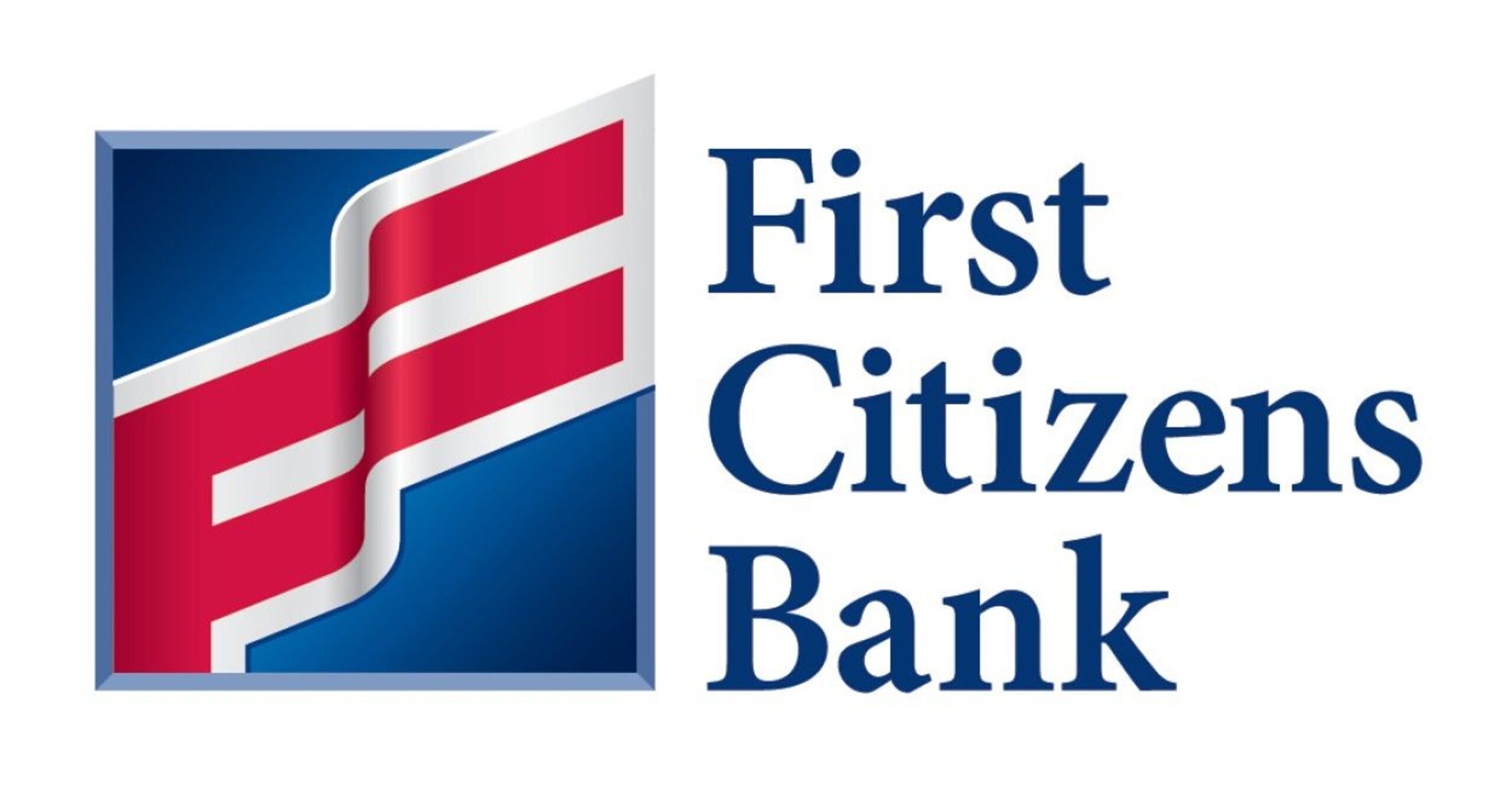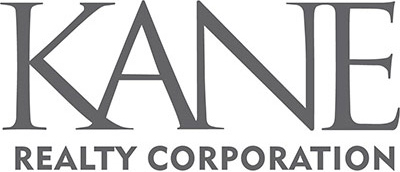Let’s “combine” Raleigh and Durham — into “the R&D cities” of North Carolina
- May 16, 2019
- Posted by: Joe Milazzo II
- Category: Blog, Thursday thoughts at 3

Of course, we will still be the Research Triangle region — and no, we don’t actually need to get rid of the boundary between the two cities — but this playful exercise may help bring to light who we are as smart, innovative, and collaborative regional community.
One question that frequently comes up in economic development, transportation, government affairs, and similar circles is the question of whether or not to unify our two metropolitan statistical areas (MSAs) in the Triangle region.
Currently, Raleigh and the eastern Triangle are in the “Raleigh-Cary MSA”, with a current population of around 1.5 million, while Durham and the western Triangle are in the “Durham-Chapel Hill MSA” with a population of around 0.5 million. In addition, there is a Raleigh-Durham-Cary-Chapel Hill consolidated statistical area (CSA) of 2 million+.
Whether or not the federal government will eventually formally unify our two separate MSA designations into a single, larger MSA, we can — and will — continue speak of the Triangle and the greater Research Triangle area.
In addition, we could verbally “combine” our two cities, Raleigh and Durham, and doing so may be helpful for those for whom “Triangle” does not immediately resonate.
By “combining” Raleigh and Durham, I don’t mean calling ourselves “Raleigh-Durham” — that’s our airport — but “the cities of Raleigh and Durham”, which I think we could verbally shorten to “the R&D cities.” Plus, the R&D cities of North Carolina has a nice ring to it, and is obviously consistent with the research and development focus of our beloved Research Triangle region.
It turns out that the population of the R&D cities of North Carolina is around 725k or so. To be clear: 725k is just the city population of Raleigh and Durham, within the city municipal limits only. It does not include the towns of Cary, Chapel Hill, or the balance of Wake, Durham, Orange, Johnston, etc. counties.
Even with just “joining” our two cities — and the boundaries of Durham and Raleigh do touch, near Brier Creek, so while this is a playful combination, it is not purely theoretical — the municipal population of the two “combined” R&D cities would put us in the top 20 in the US, just slightly larger than the city populations of Washington, DC, Denver, and Seattle.
Of course, we can and should speak of our individual cities and towns, and of the Research Triangle region as a whole. However, we can also speak of North Carolina’s R&D cities – Raleigh & Durham – and we can reference our 725k+ population of our two cities, as well as our 2 million plus metro population.
Welcome to the R&D cities of North Carolina’s Research Triangle region — Raleigh & Durham.
Let’s get moving,
Joe Milazzo II, PE
RTA Executive Director
post reference: th3.2019.20
RTA is the voice of the regional business community on transportation
www.letsgetmoving.org

























